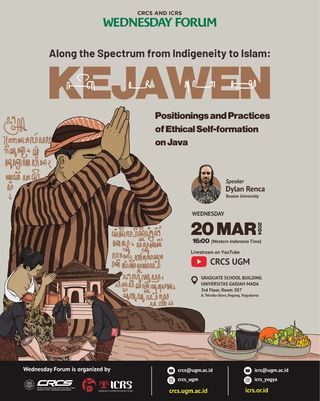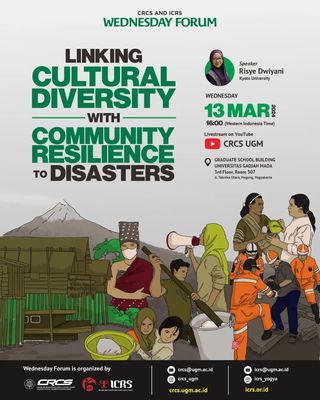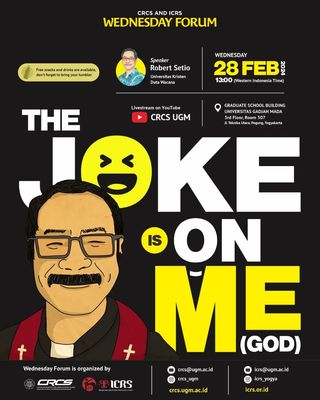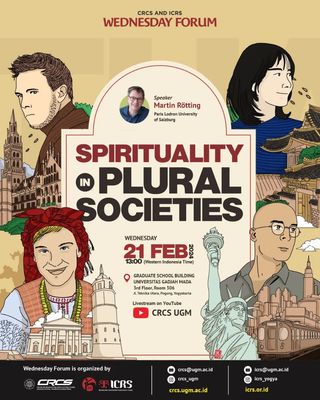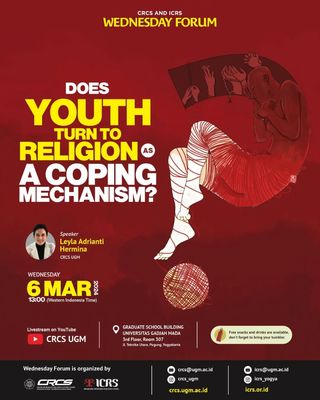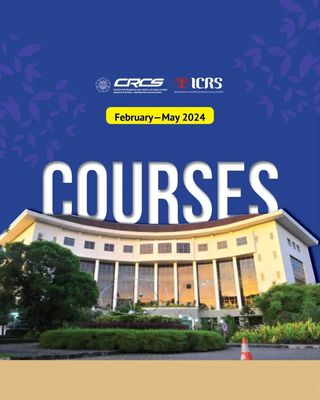
Written by Jekonia Tarigan
There are around 1.8 billion Muslims in the global umma (about a quarter of the world's population), who follow the five pillars of Islam. Those pillars are more than merely abstract principles of the religion. However, Islam requires action on the part of the individual and interaction among that individual in a social context. One part of the pillars of Islam is prayer or sholat which involves the call to prayer, which is seen as part of Islamic music. On the other hand, as a country with the largest number of Muslims in the world, it is not surprising that everywhere in Indonesia, the Islamic soundscape is constant and unmistakable. The adzan (or azan; also adzan) is repeated five times a day to call people to pray. It is a symbol of the umma (community of the Muslim world). The voice is everywhere engaging all listeners in a relationship with Islam. This voice indexes language, practices, and ideologies while reminding Muslims of basic obligations and signals this principle to non-Muslims. The adzan has also served as a time marker and as a sonic imprint of the mosque, where many religious, educational, and social activities occur. Like in the rest of the Islamic world, the call to prayer and the recitation of the Qur'an (tilawatil Qur’an) are not considered music itself. However, their musicality is recognized because they contribute to a sound pattern of strong religious values and feelings [i]. This is explained by Anne K. Rasmussen, professor of ethnomusicology and Middle Eastern studies at the College of William and Mary in her presentation at Wednesday Forum, a weekly discussion forum organized by the Indonesian Consortium for Religious Studies (ICRS) and the Center for Religious and Cross-Cultural Studies (CRCS) on March 23, 2022.
In her presentation, Rasmussen argued that despite its historical and social prominence, Islam as an aspect of Indonesian music culture is a subject that has been largely ignored in scholarly representations. [ii] Therefore, through her 25 years of ethnographic research and embedded in the text offering reader experiences of the performances, Rasmussen has the goals to invite readers and listeners into the dynamic soundscape of religious life, reaffirming Islam as Asian religious culture, and scholarly activism that speaks to inherited epistemologies. Rasmussen uses the five pillars of Islam as an organizing device that pulls back the curtain on the resonant praxis of religion. Rasmussen’s data include audio recordings, videos, stunning images, instructive figures, and musical transcriptions collected and developed over 25 years of ethnographic research. Rasmussen also explained that she attends to the transmission of such resonant praxis, paying close attention to the media technologies, from the oral traditions of the voice and the adoption of "Islamic" musical instruments to material recording and broadcast technologies, to include wax cylinders, records, video compact discs, and mp3 files along with radio, television, film, and the internet. Over the twentieth century and into the present, all of these technologies have worked to facilitate and experience the global Muslim community.
The method used by Rasmussen is participant observation as an anthropologist. The subject position has never been as a co-religionist. When in Indonesia, Rasmussen regularly participates in ritual events and educational contexts that involve religious content. As a musician, singer, instrumentalist, ensemble director, and as a scholar of Arab music and culture, she argues that her role has been as performer, presenter, and collaborator while also being a student at the intersection of religion, art, gender, and politics as experienced in embedded and embodied public aesthetic practice.
Rasmussen pursued musical practice as a method for ethnographic fieldwork and collaboration and sometimes placed herself in contexts and situations that required courage to be vulnerable. Rasmussen argues that ethnographers are professional border-crossers. The whole enterprise of ethnography is based on the ability to balance our roles as observers and outsiders, and as participants and insiders commenting on this idea of vulnerability. Therefore, according to Rasmussen, a researcher should show respect for the people he or she is working with by doing what they do, especially when asked to join them.
Performing in the field in any of the roles mentioned above has sometimes resulted in uncomfortable moments and unanticipated spaces, junctures of friction where learning and exchange are the most productive. As a non-Indonesian, Rasmussen argues that it is important to say that people in Indonesia are incredibly welcoming and inviting compared to other places. They are more friendly and open to involving researchers to sing, play instruments, and offer a microphone to talk. Furthermore, researchers are even welcome to enter an informant's house, look into the kitchen at what is being cooked, watch the people making janur, and visit the children. This is very different compared to other places where Rasmussen has conducted field research. For instance, in the Arabian Gulf it is very difficult to gain access to somebody's home or for a woman to visit a mosque. Therefore, in terms of methodologies, performance and vulnerability, it is all about trying to enter the life of other people, the community's life, and it is a learning process that happens in a visceral and exciting way. Unfortunately, this situation has now changed, because in doing ethnography researchers find it difficult to get the human connection because of the pandemic. Therefore, Rasmussen developed a new methodology, namely collaborative virtual ethnography.
Moreover, thinking about Indonesia in terms of being part of the Indian Ocean soundscape, Rasmussen argues that is the interesting part of her research, because according to her, sounds can travel where other things cannot. In terms of colonial hearing of Southeast Asia, Rasmussen found that music travels from the long process of spreading Islam in Nusantara, through the Arab traders, the colonial process, and the progress of technology. However, the musical arts of Islam Nusantara itself developed faster with the role of Wali Songo or the nine Islamic apostles in Java. According to Rasmussen, the independence of Indonesia in 1945 also opened the opportunity for the cultivation of Muslim identity in the Indian Ocean world, which is also followed by the Asia Africa Conference in 1955 and 1965.
Finally, regarding open access publishing, Rasmussen found it is pivotal because according to her, while writing open access books, writers also curate archives and libraries of materials for future scholars. Therefore, she encourages researchers and writers to adapt to the medium of a few precious photographs in relation to pages and pages of text by the single author. Because for her, we never know how people look at the photos whether they check the recorded examples on-line or the suggested video clips. She wants the artists, genres, and events to be the centerpiece of her next book and for digital access, however limited that may be, to be accessible.
[i] David D Harnish and Anne K Rasmussen, Divine Inspirations: Music and Islam in Indonesia (Oxford University Press, 2011). p. 25
https://books.google.co.id/books?hl=id&lr=&id=YKwRDAAAQBAJ&oi=fnd&pg=PP1&dq=anne+k+rasmussen&ots=UyxW4ojieN&sig=M3bRcGs7LsSEqP0zO8UekW85z-s&redir_esc=y#v=onepage&q=anne%20k%20rasmussen&f=false
[ii] Harnish and Rasmussen, p. 1
Recorded Discussion:
https://www.youtube.com/watch?v=EkNkaSKten4&list=PLnlQ3m1p5a0rQNPDJ8nrQ2YPhJ6ObgInm&index=3&t=1281s




